
A bright orange orb hangs just above the horizon under an expanse of blue and yellow sky. It’s hard to take an interesting picture of a sunset, and at first glance, there is nothing remarkable about this one. What is remarkable, however, is that this vivid image was taken a century ago—a time usually seen only in black and white.
The sunset is just one of thousands of color photographs that Sergei Mikhailovich Prokudin-Gorskii made between 1905 and 1915. With funding from Czar Nicholas II, he set out to document the diverse people and landscapes of the vast Russian Empire. Prokudin-Gorskii planned to produce images that would be used in classrooms, but the widespread exposure he envisioned for his pictures was not to be.
Without an affordable method for mass reproduction and with the upheaval of the Bolshevik Revolution, the photographs languished until the entire collection, including nearly 2,000 glass negatives, was purchased by the Library of Congress in 1948. But they too were unable to find a suitable way to present Prokudin-Gorskii’s work until nearly 100 years after they were taken—when digital equipment allowed the library to scan all 1,902 negatives and restore Prokudin-Gorskii’s pictures to their original color.
“His cutting-edge technology met our internet and digitizing cutting-edge technology in just an almost perfect cycle,” said Helena Zinkham, chief of the Prints and Photographs Division of the LOC.
Made public through the LOC’s website beginning in 2001, Prokudin-Gorskii’s digitally restored photographs were shared over the web and featured in a number of small exhibitions around the world. People were drawn, Zinkham believes, as much by the format of the pictures as the content.
“It is as rare as hen’s teeth to have color photography from that era,” said Zinkham. “So it just knocks peoples’ socks off, even if you have no direct connection to Russia.”
Among those who discovered Prokudin-Gorskii’s pictures online was Robert Klanten, the publisher of German publishing company Gestalten. “I saw a couple of these photographs and I was immediately in love with them,” said Klanten. This October, Gestalten will release Nostalgia: The Russian Empire of Czar Nicholas II Captured in Color Photographs, which will feature 283 of Prokudin-Gorskii’s works.
Combing through the entire Prokudin-Gorskii collection, Gestalten’s editorial team was particularly drawn to the portraits and scenes from daily life—many of which were shot in a ‘snapshot’ style despite the three-second exposures necessary to create them.
The pictures themselves cover a remarkable range—both geographically and in subject matter. Portraits were taken against backdrops that range from lush Siberian forests to neatly planted fields to a dank and crumbling prison yard in Turkestan. Even simple scenes—a train track cutting through a rock-strewn landscape or mine workers filling horse-drawn carts—are striking when you realize they portray a land on the verge of revolution, both industrial and political. It is even more appropriate, then, that Prokudin-Gorskii captured these scenes with a groundbreaking photographic method.
“Most people think of the past as something that happened in black and white,” said Klanten. The use of color, combined with Prokudin-Gorskii’s less-formal style was revolutionary in photography, according to Klanten. “The way he approached the whole thing is kind of a precursor to modern photography…it is almost a democratic approach to photography.”
Nostalgia: The Russian Empire of Czar Nicholas II Captured in Color Photographs will be released in the U.S. by Gestalten in October.
You can explore the entire Prokudin-Gorskii collection at the Library of Congress.
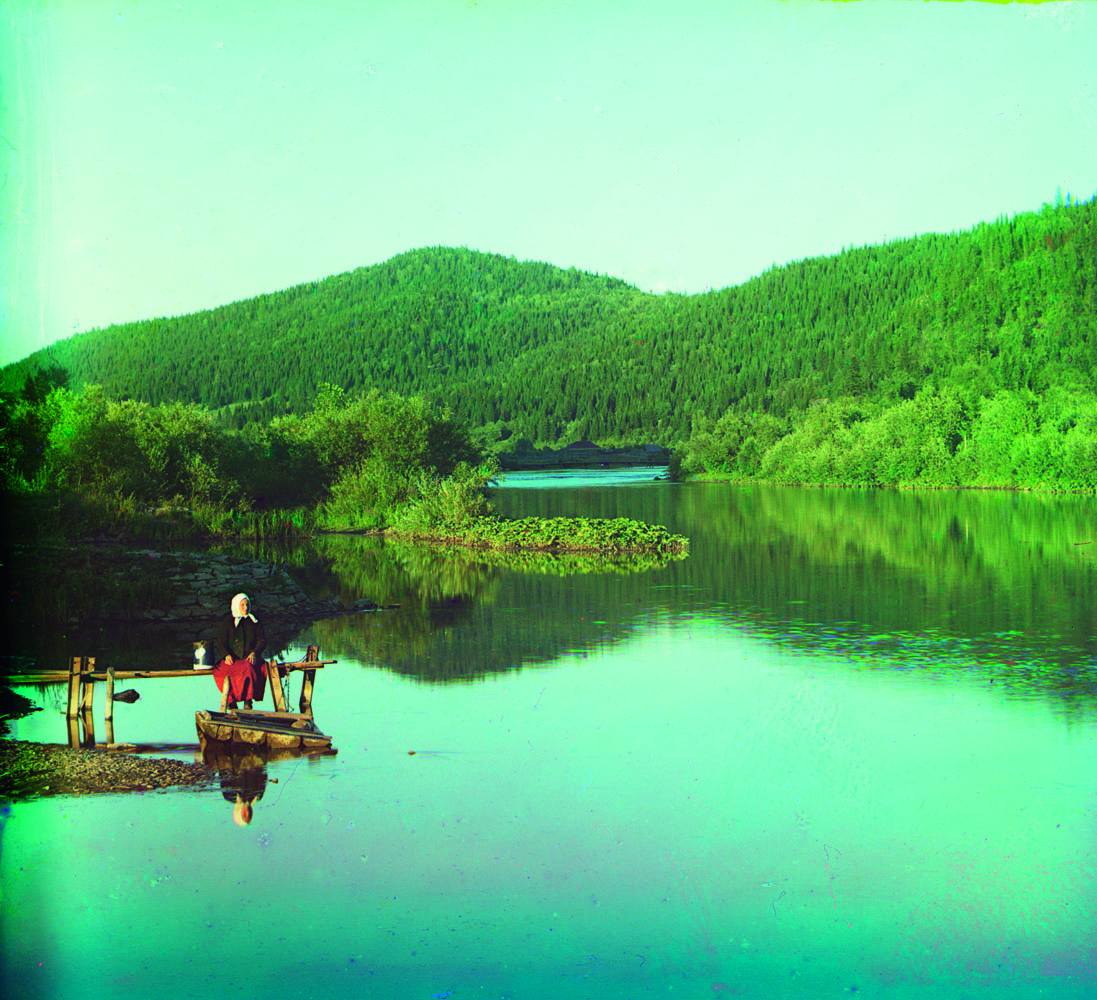


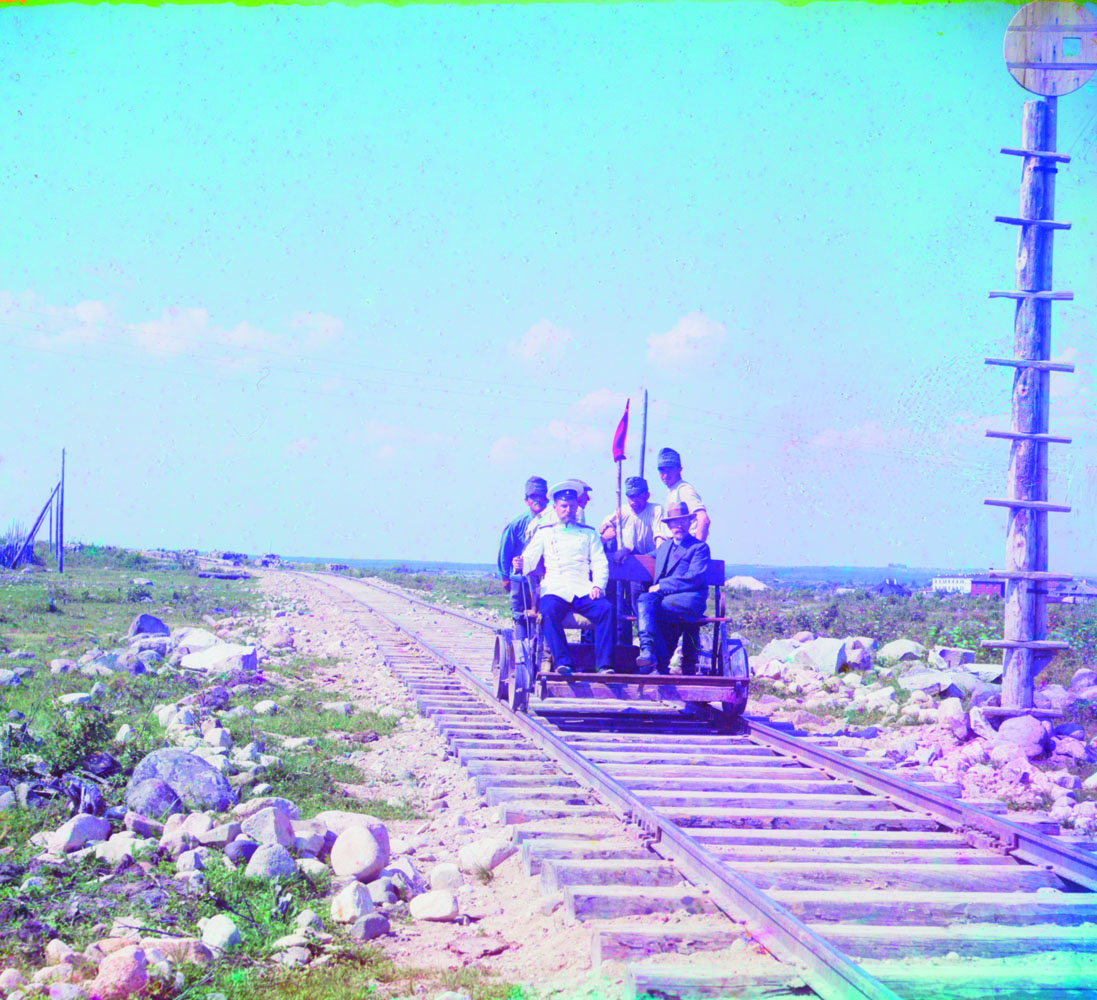


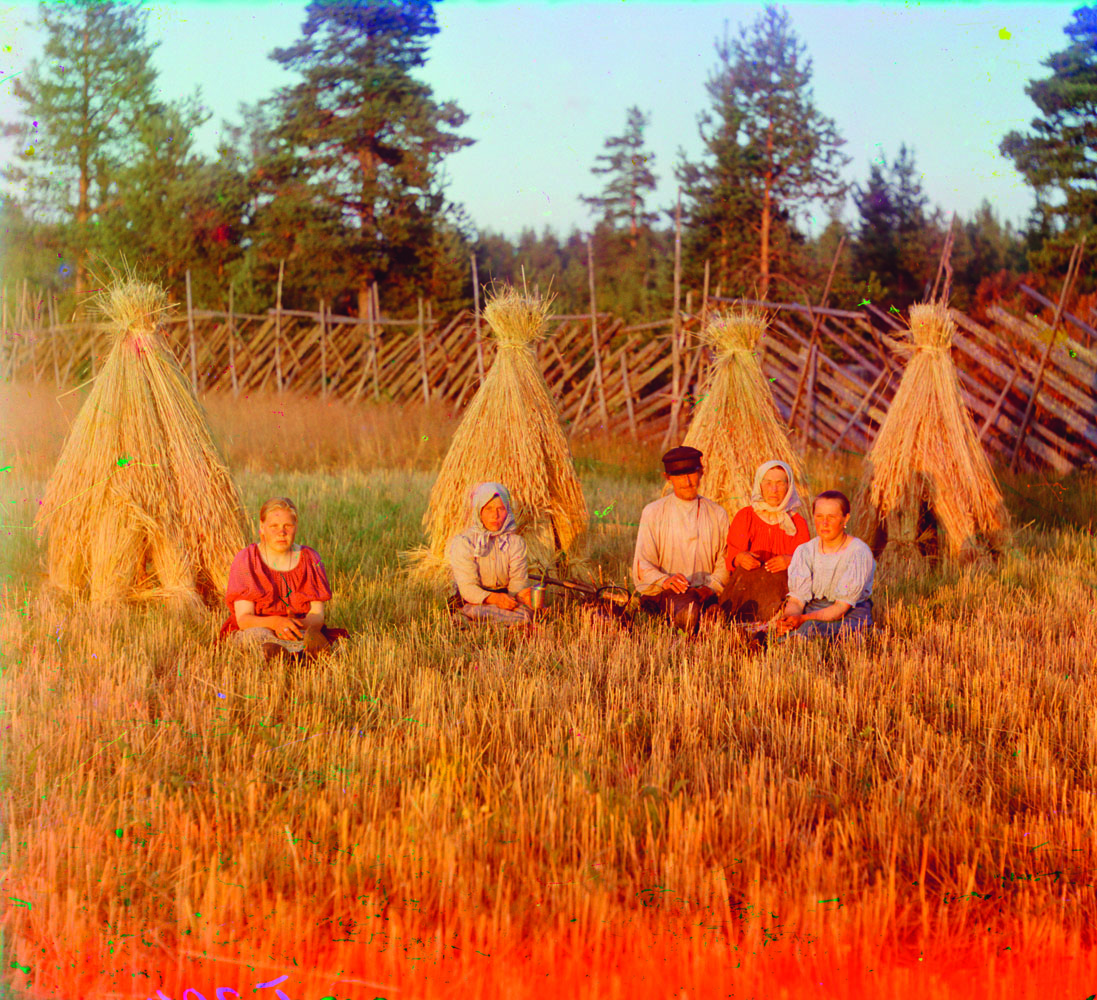
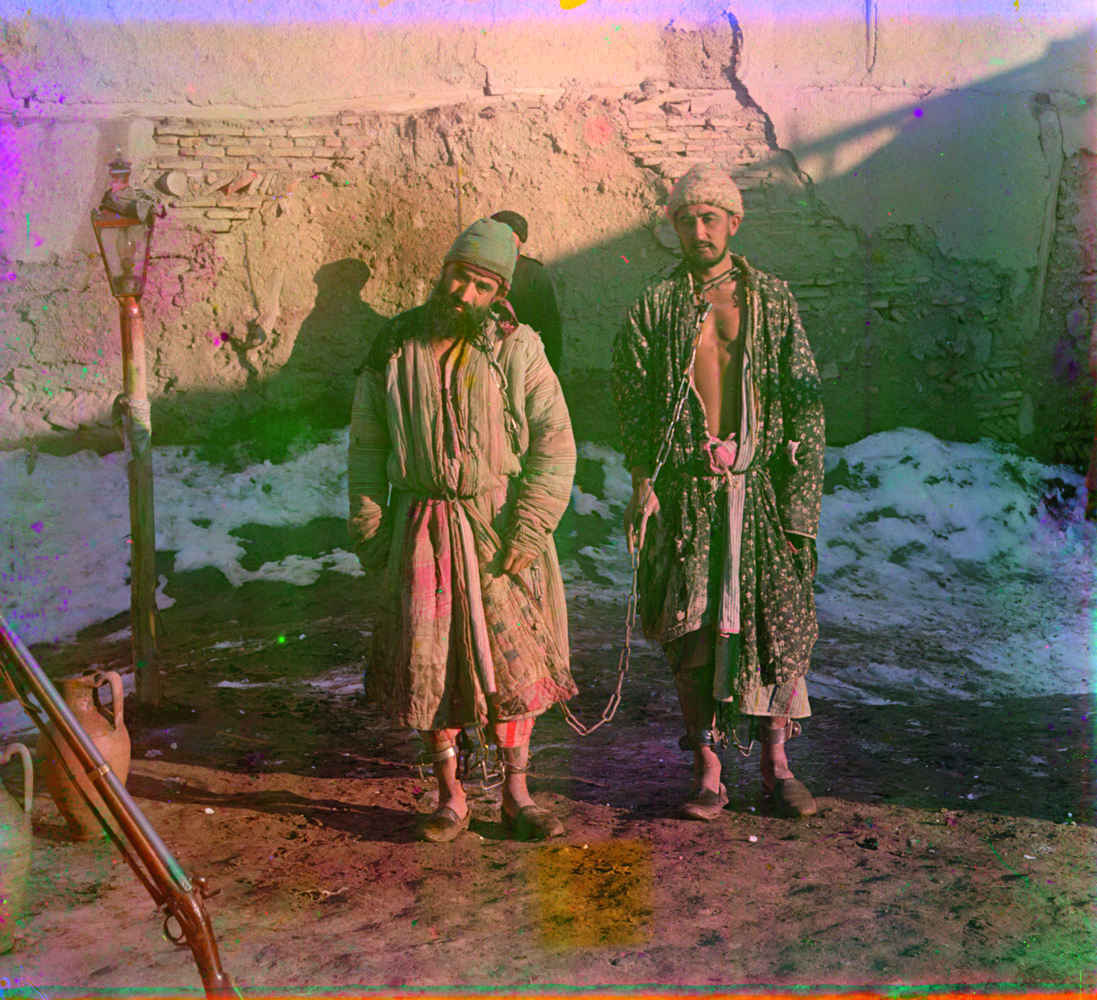
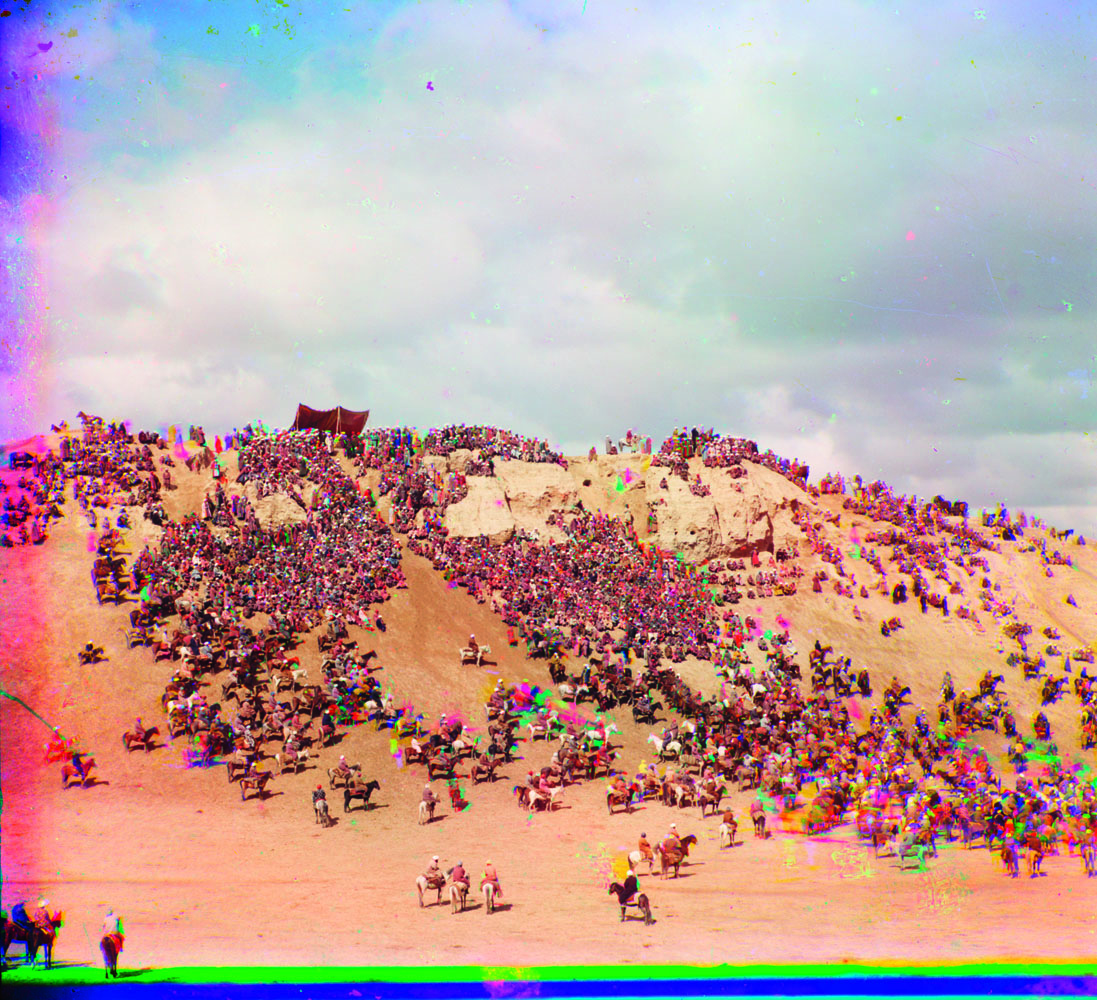
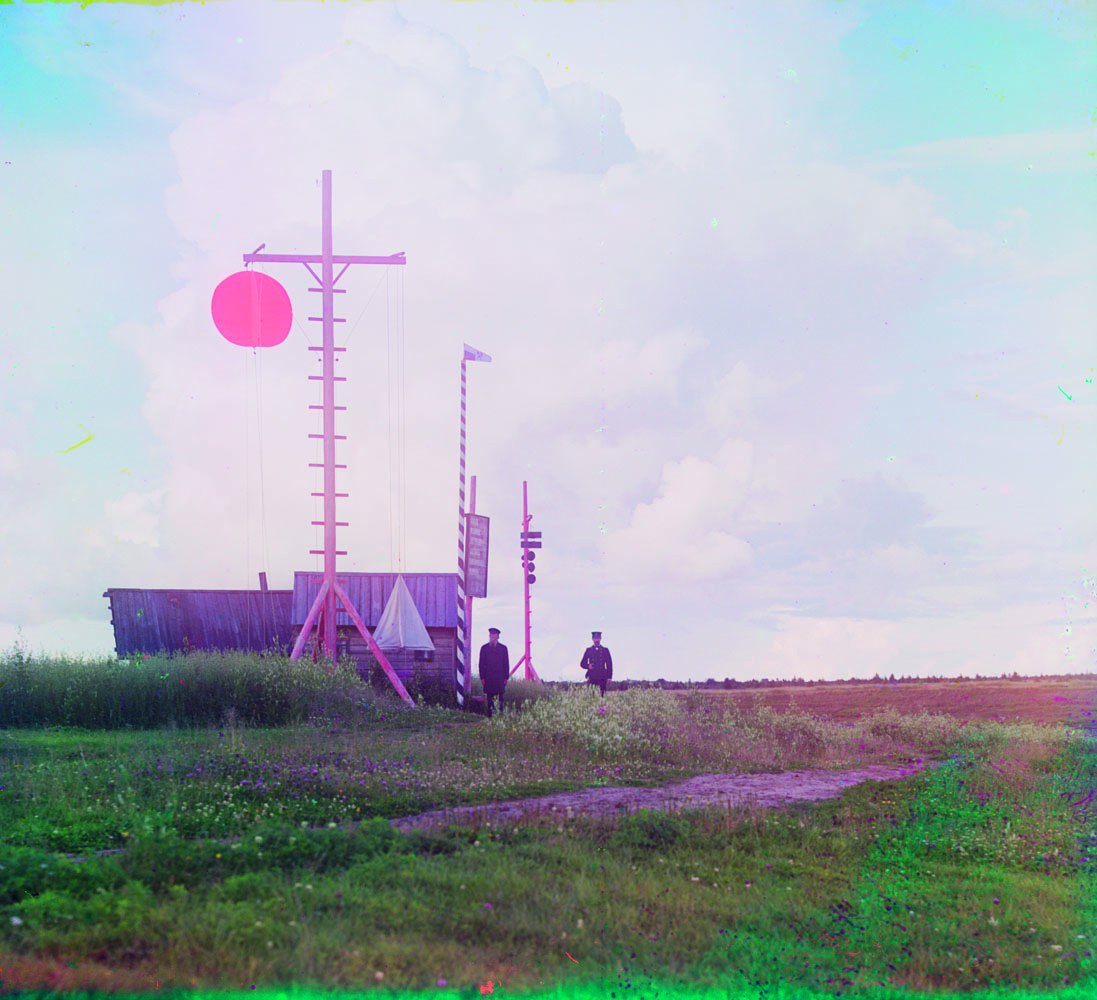
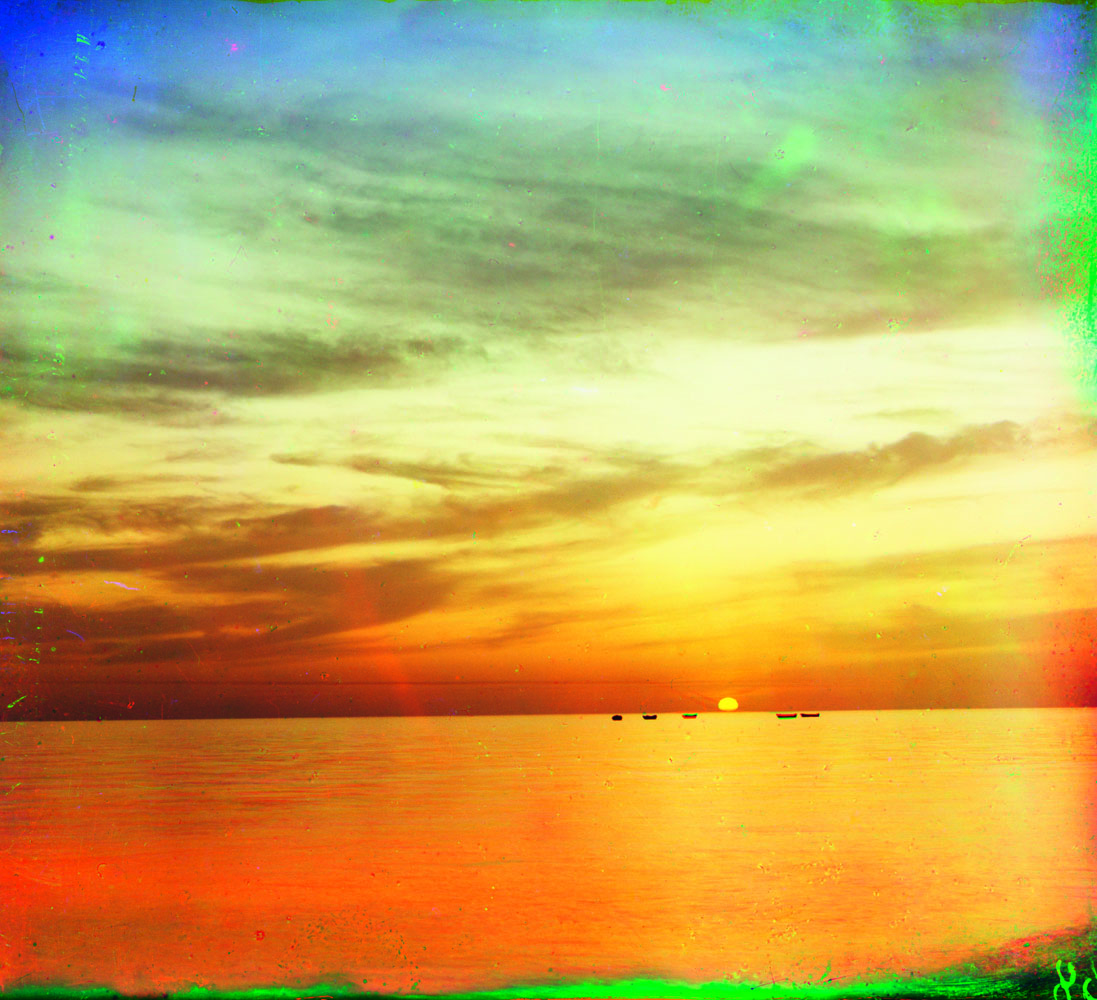

More Must-Reads from TIME
- Donald Trump Is TIME's 2024 Person of the Year
- Why We Chose Trump as Person of the Year
- Is Intermittent Fasting Good or Bad for You?
- The 100 Must-Read Books of 2024
- The 20 Best Christmas TV Episodes
- Column: If Optimism Feels Ridiculous Now, Try Hope
- The Future of Climate Action Is Trade Policy
- Merle Bombardieri Is Helping People Make the Baby Decision
Contact us at letters@time.com